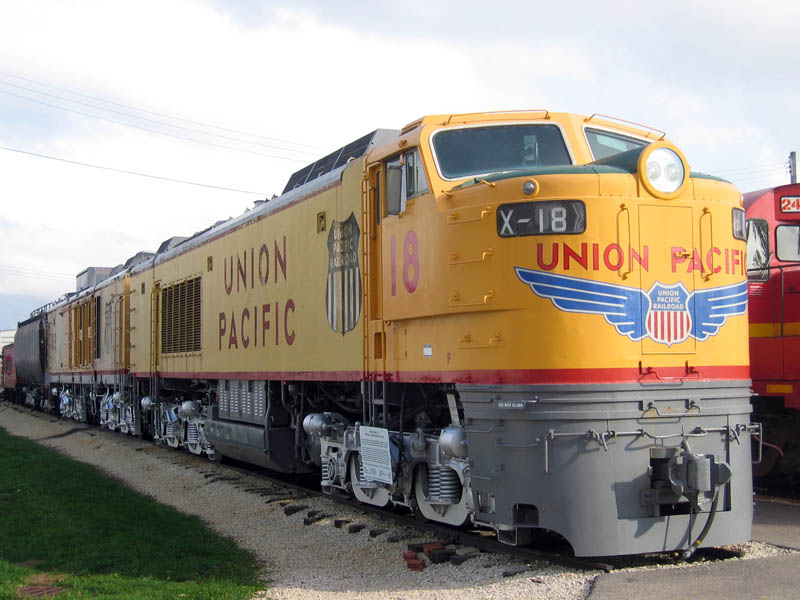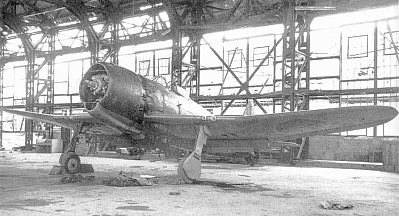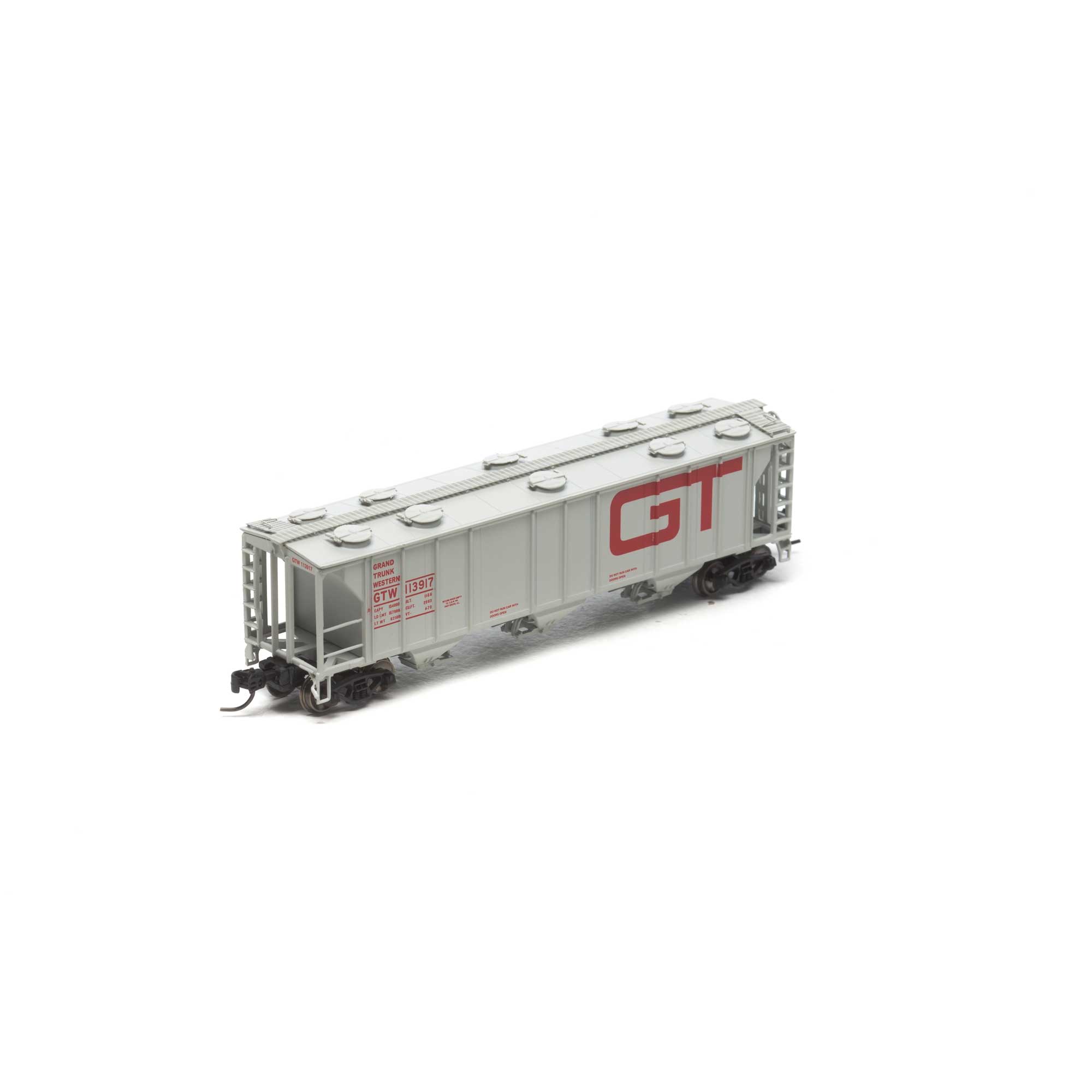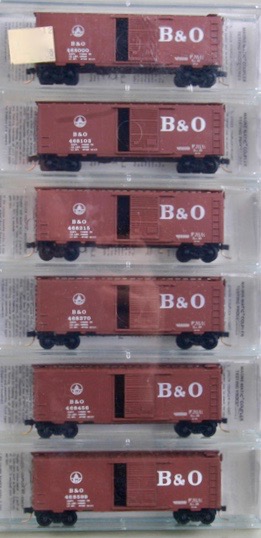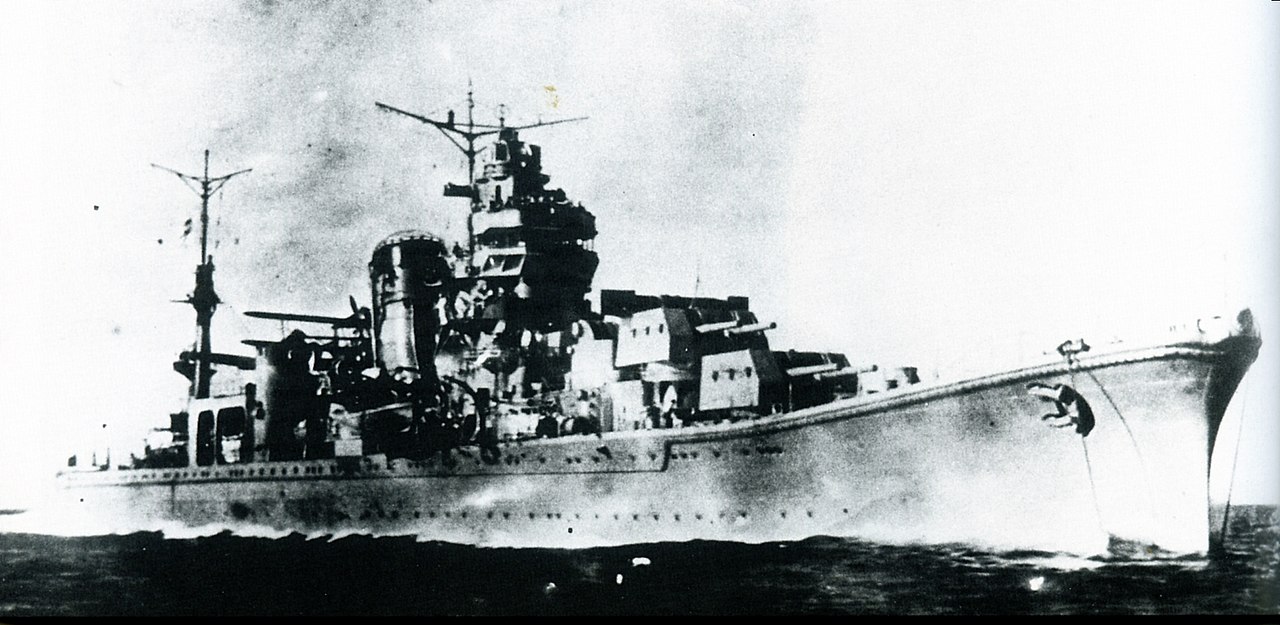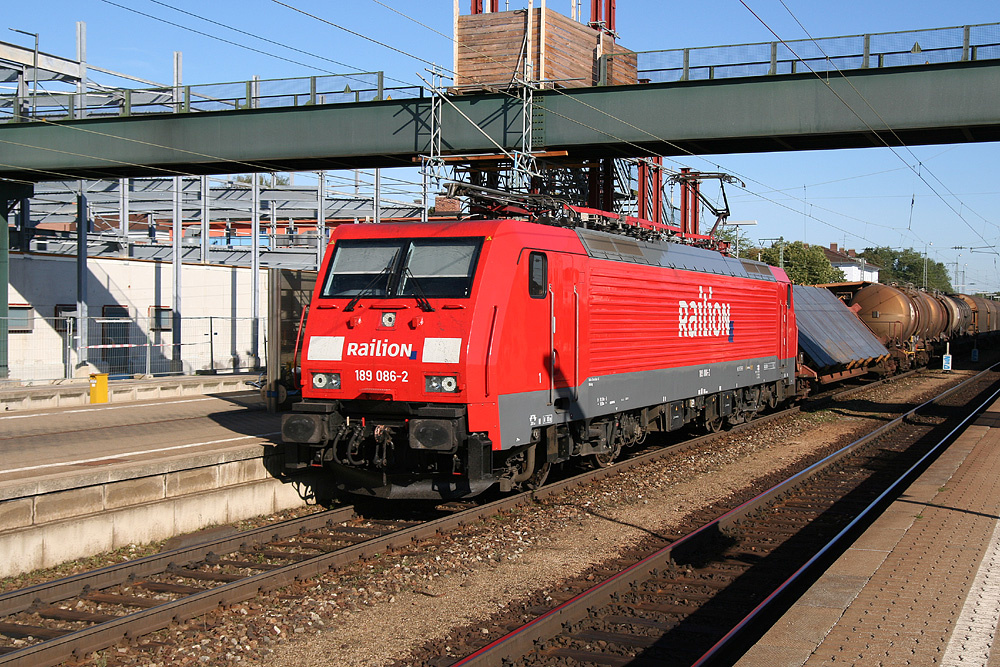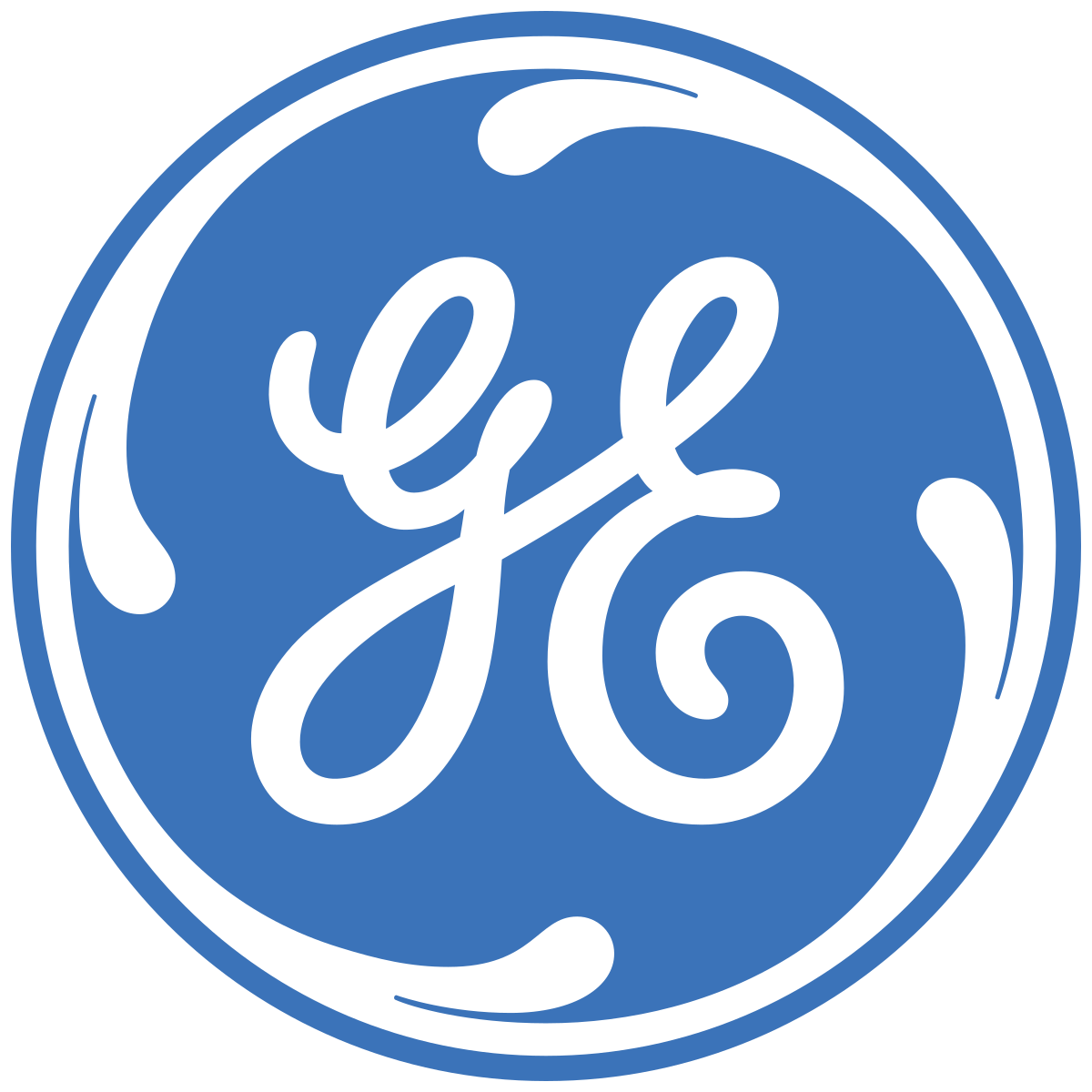History: Union Pacific operated the largest fleet of gas turbine-electric locomotives (GTELs) of any railroad in the world. The prototype, UP 50, was the first in a series built by General Electric for Union Pacific's long-haul cargo services and marketed by the Alco-GE partnership until 1953. The prototype was introduced in 1948 and was followed by three series of production locomotives. At one point, Union Pacific said the GTELs hauled more than 10% of the railroad's freight.
Fuel economy was poor, for the turbine consumed roughly twice as much fuel as an equally powerful diesel engine. This was initially not a problem, because Union Pacific's turbines burned Bunker C heavy fuel oil that was less expensive than diesel. But this highly viscous fuel is difficult to handle, with a room-temperature consistency similar to tar or molasses. To solve this problem, a heater was built into the fuel tanks (and later into fuel tenders) to heat the fuel to 200 °F (93 °C) before feeding it into the turbine. Eventually UP switched from Bunker C to modified No. 6 heavy fuel oil, which contained fewer pollutants and solvents. Soot buildup and blade erosion caused by corrosive ash plagued all of the turbines. Changes to the air intake systems on the production turbine locomotives improved the quality of the air that reached the turbines, which in turn reduced the wear to the turbine blades and increased the turbine's running life. The GTELs were operated into late 1969 and the final two (numbers 18 and 26) were stored at the Cheyenne roundhouse in operating condition until being retired in February 1970. Both of these units were later sent to museums.
Fuel economy was poor, for the turbine consumed roughly twice as much fuel as an equally powerful diesel engine. This was initially not a problem, because Union Pacific's turbines burned Bunker C heavy fuel oil that was less expensive than diesel. But this highly viscous fuel is difficult to handle, with a room-temperature consistency similar to tar or molasses. To solve this problem, a heater was built into the fuel tanks (and later into fuel tenders) to heat the fuel to 200 °F (93 °C) before feeding it into the turbine. Eventually UP switched from Bunker C to modified No. 6 heavy fuel oil, which contained fewer pollutants and solvents. Soot buildup and blade erosion caused by corrosive ash plagued all of the turbines. Changes to the air intake systems on the production turbine locomotives improved the quality of the air that reached the turbines, which in turn reduced the wear to the turbine blades and increased the turbine's running life. The GTELs were operated into late 1969 and the final two (numbers 18 and 26) were stored at the Cheyenne roundhouse in operating condition until being retired in February 1970. Both of these units were later sent to museums.
Railroad/Company: General Electric (GE) is an American multinational conglomerate corporation incorporated in New York and headquartered in Boston, Massachusetts. As of 2016, the company operates through the following segments: Aviation, Current, Digital, Energy Connections, Global Research, Healthcare, Lighting, Oil and Gas, Power, Renewable Energy, Transportation, and Capital which cater to the needs of Financial services, Medical devices, Life Sciences, Pharmaceutical, Automotive, Software Development and Engineering industries.
In 2017, GE ranked among the Fortune 500 as the thirteenth-largest firm in the U.S. by gross revenue. In 2011, GE ranked as the 14th most profitable. As of 2012, the company was listed the fourth-largest in the world among the Forbes Global 2000, further metrics being taken into account. The Nobel Prize has twice been awarded to employees of General Electric: Irving Langmuir in 1932 and Ivar Giaever in 1973.
On January 13, 2016, it was announced that GE will be moving its corporate headquarters from Fairfield, Connecticut (where it had been since 1974) to the South Boston Waterfront neighborhood of Boston, Massachusetts. The first group of workers arrived in the summer of 2016, and the full move will be completed by 2018.
From Wikipedia
In 2017, GE ranked among the Fortune 500 as the thirteenth-largest firm in the U.S. by gross revenue. In 2011, GE ranked as the 14th most profitable. As of 2012, the company was listed the fourth-largest in the world among the Forbes Global 2000, further metrics being taken into account. The Nobel Prize has twice been awarded to employees of General Electric: Irving Langmuir in 1932 and Ivar Giaever in 1973.
On January 13, 2016, it was announced that GE will be moving its corporate headquarters from Fairfield, Connecticut (where it had been since 1974) to the South Boston Waterfront neighborhood of Boston, Massachusetts. The first group of workers arrived in the summer of 2016, and the full move will be completed by 2018.
From Wikipedia
Item Links: We found: 1 different collections associated with Rail - Locomotive - GTEL
- Collection N Scale Model Trains: 54 different items.


